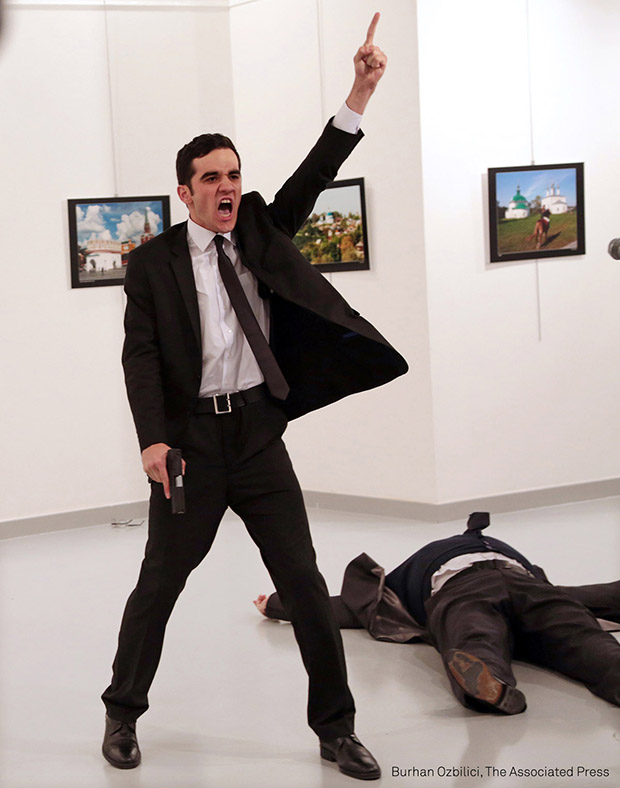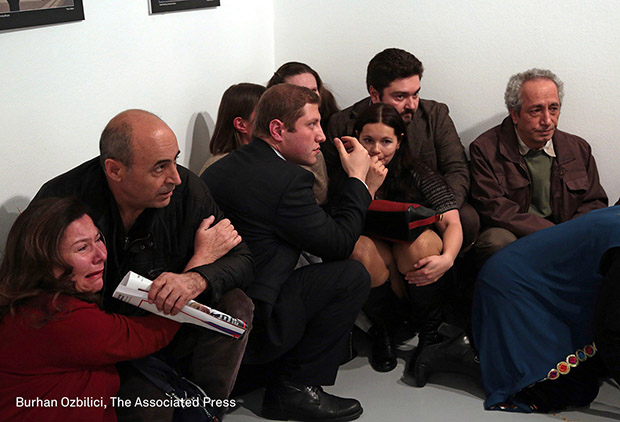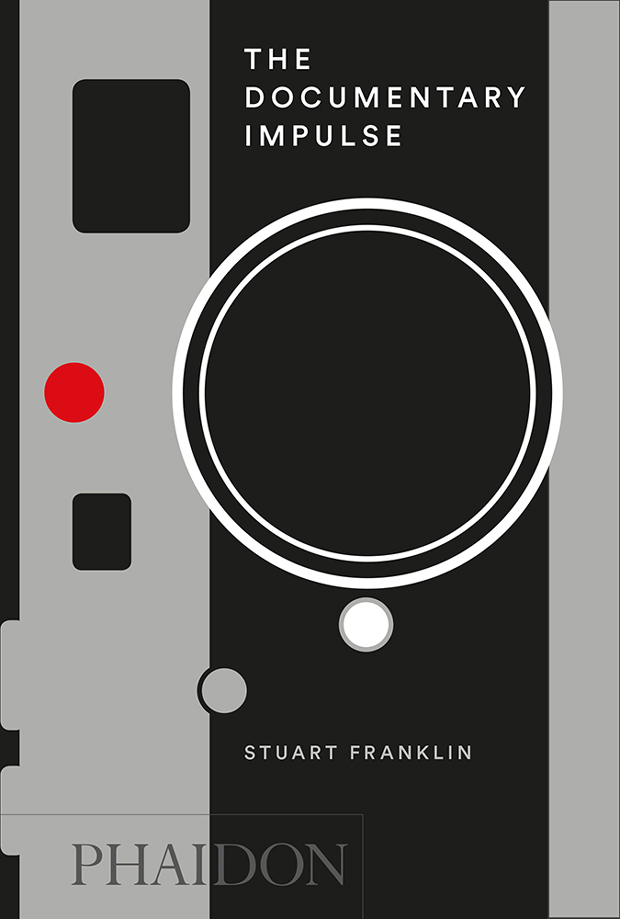
Stuart Franklin on the ethics of this photo
Chairman of World Press Photo panel describes 'moral struggle' in choosing 2017 winner
The Phaidon author, Magnum Photos member and chair of the 2017 World Press Photo jury Stuart Franklin has said that he had a “moral concern” when awarding Burhan Ozbilici the prize for World Press Photo of the Year 2017.
Ozbilici’s picture, which was announced as the winner earlier this week, shows the off-duty police officer Mevlüt Mert Altıntaş, immediately after he had shot dead Andrey Karlov, the Russian ambassador to Turkey, at an art exhibition in Ankara, on 19 December 2016.
Altıntaş apparently killed ambassador Karlov in response to Russia’s involvement in the Syrian civil war. He shouted the customary "Allāhu akbar" along with "Do not forget Aleppo, do not forget Syria" immediately after the murder.
Franklin made clear in a New York Times interview that the winner, an Associated Press photographer, has “my total respect,” yet he remained concerned that the jury might be “amplifying a terrorist message in some way” by awarding the prize for this picture.

Franklin clarified his viewpoint in a first person account of the judging process in the Guardian newspaper writing: "While I was all for awarding it the spot news prize that it also won, I was strongly opposed to it becoming photo of the year. I narrowly lost the argument. I voted against. Sorry, Burhan. It’s a photograph of a murder, the killer and the slain, both seen in the same picture, and morally as problematic to publish as a terrorist beheading.
He supported his decision saying that unlike the assassination of Archduke Ferdinand in Sarajevo in 1914, "the crime had limited political consequences. Placing the photograph on this high pedestal is an invitation to those contemplating such staged spectaculars: it reaffirms the compact between martyrdom and publicity."
Altıntaş wounded three other people before being killed by officers in a shootout. The photographer was lucky not to be among the casualties; he only chose to attend the press conference at the last minute, and arrived moments before the deranged man fired his lethal shots.
Franklin and his fellow jurors signed nondisclosure agreements, and so could not discuss the specifics of the jury process. Yet he examines the principles behind press photography in his book The Documentary Impulse.

“I believe that photography plays an important role in shaping democracy and fostering advocacy,” he writes. “The guardians of culture, from the Enlightenment onwards, have tried to lead by example rather than by imposing rules. Photography (and journalism) practiced respectfully has the power to educate us all towards a greater understanding of, and empathy with, others."
To learn more about Franklin’s viewpoints both photographic and social buy a copy of his book The Documentary Impulse, and for more on how his photo agency has visually reported on world affairs past and present get The Magnum Photobook.